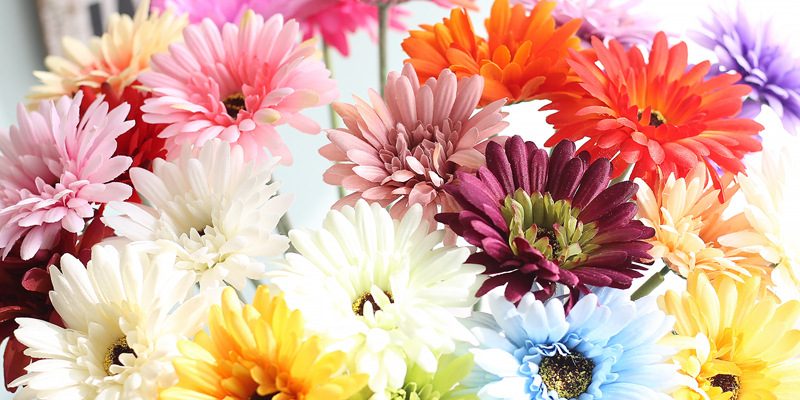Introduction: Gerbera, with its eye-catching blooms and extensive color range, has become a favored crop in the floriculture industry. In this blog, we will explore the commercial aspects of cultivating Gerbera, its popularity as a cut flower, and the essential factors that contribute to its success as a profitable crop.
- Gerbera Cultivation for the Floriculture Market: Gerbera cultivation has gained traction in the floriculture market due to its high demand and long vase life as a cut flower. As a greenhouse or tunnel crop, Gerbera allows for year-round production, making it a valuable addition to floral arrangements and bouquets regardless of the season.
- Factors Contributing to Gerbera’s Profitability: Several factors contribute to Gerbera’s profitability as a commercial crop:
- High Demand: Gerbera’s popularity in floral arrangements for various occasions ensures a steady demand, especially during peak flower-buying seasons.
- Extended Vase Life: The longevity of Gerbera blooms allows for easy transportation and longer shelf life, reducing potential losses for growers and retailers.
- Multiple Blooming Stems: Gerbera plants produce numerous blooming stems, leading to higher flower yields and increased marketable output.
- Optimal Greenhouse Conditions: Providing the right growing environment is crucial for successful Gerbera cultivation. Greenhouse conditions should maintain a consistent temperature, humidity, and light levels to promote healthy plant growth and vibrant blooms. Additionally, proper ventilation and air circulation help prevent diseases common in greenhouse settings.
- Disease and Pest Management: Gerbera is susceptible to certain pests and diseases that can affect its marketability and profitability. Regular scouting and preventive measures, such as integrated pest management (IPM) strategies, are essential to minimize crop losses and the need for chemical interventions.
- Market Trends and Varietal Selection: Staying attuned to market trends and consumer preferences is vital for Gerbera growers. Certain color varieties, such as bi-colors and unique patterns, may experience increased demand. Growers should work closely with breeders to select Gerbera varieties that align with current market demands.
- Post-Harvest Handling and Marketing: Proper post-harvest handling and packaging are critical for preserving Gerbera’s quality and extending its shelf life. Efficient marketing and distribution strategies ensure that Gerbera flowers reach consumers with their freshness and vibrant colors intact.
Conclusion: Gerbera’s versatility, high demand, and long vase life make it an attractive and profitable crop in the floriculture industry. By providing optimal greenhouse conditions, implementing effective disease and pest management practices, and staying informed about market trends, growers can cultivate Gerbera blooms that captivate consumers and maximize their profitability in this flourishing market.







